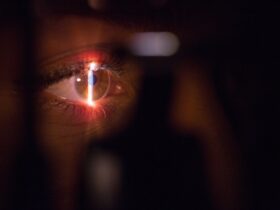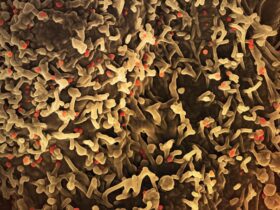In the battle against acne, only a few heroes can fight efficiently, and salicylic acid is clearly one. But what does this acid actually do?
This super-ingredient can do wonders in most cases overnight. That annoying pimple? Well, forget about it, because salicylic acid has your back! Curious to find out more?
Remember to discuss any skin-related issues or matters with a specialist. What suits a person’s needs might not do the same for you, so be cautious when trying new ingredients/ products.
Here is what you need to know.
Salicylic Acid 101: Facts You Should Know

Salicylic acid is part of one essential class of acids: BHAs (beta hydroxy acids); the other class is AHAs (alpha-hydroxy acids). It’s also derived from willow bark, belonging to salicylates, a class of ingredients.
Salicylic acid’s structure is where things get more interesting. Its structure makes it more oil-soluble, so it can efficiently penetrate the pores of your skin. How cool is this?
Sejal Shah is a New York City-based board-certified dermatologist. She explains:
“[…] oil-soluble ingredients penetrate through the lipid layers between the skin cells more readily.”
Moreover, salicylic acid can also unclog the pores, leaving your skin fresh and smooth.
- Read More: Do You Know the Difference Between Physical and Chemical Sunscreen — Facts, Pros and Cons
Salicylic Acid Fights Whiteheads and Blackheads
Salicylic acid can dissolve the type of skin debris that clogs your pores so much and cause acne. It also regulates the skin cells, fighting the whiteheads and blackheads efficiently.
Salicylic Acid Works Best As An Exfoliant

This is where the salicylic acid truly shines. Considered a keratolytic medication, this acid is great for maximum exfoliation!
The acid loosens and breaks apart those attachments, called desmosomes, between cells in the outer layer of your skin, activating exfoliation and unclogging your pores.
Side Effects
Salicylic acid can irritate and dry your skin if you deal with sensitive skin. But it might be worse than that if you overuse it.
According to specialists, some people experienced peeling, dryness, and redness when they increased applications. So, be careful how much salicylic acid you apply and always discuss it with an expert.












Leave a Reply